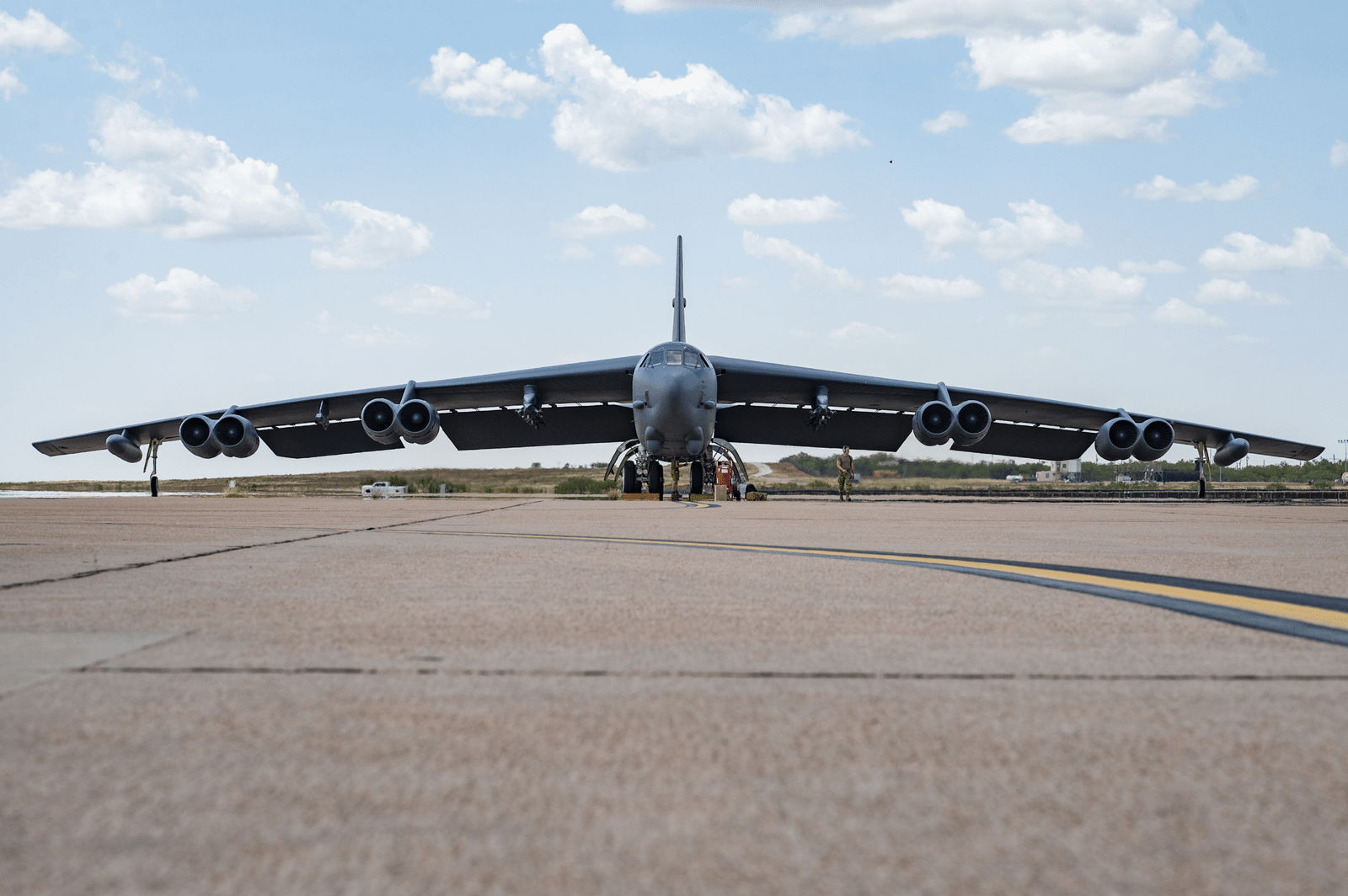
Few aircraft share the type of history of the B-52 Stratofortress. Emerging from Boeing’s production lines in the 1950s, it has survived technological, doctrinal, and even generational changes in aircrew. Today, the U.S. Air Force is embarking on its most extensive B-52 overhaul ever—one to make this bomber last into its centennial year of operation.

The reason is simple: the B-52 remains a workhorse. With the B-1 Lancer and B-2 Spirit nearing retirement and the new B-21 Raider still in its infancy stages, the Stratofortress is America’s mainstay of long-range strike capability. Air Force officials anticipate that the union of the B-21 and the completely upgraded B-52J will equal a strong combination, well-positioned to face the wide range of missions. The service has spent $48.6 billion to see that the B-52 is not just an artifact, but a cutting-edge, killer machine well into the 2060s.

One of the most significant alterations comes about from the Commercial Engine Replacement Program. The bomber’s antiquated 1960s-era Pratt & Whitney TF33 engines are being swapped out for Rolls-Royce F130s—new, efficient, and more dependable. Already proven on commercial airliners, the F130 is quieter, lighter to maintain, and provides relief from a drying-up parts supply pipeline. The twin-pod configuration of the B-52 presents unique challenges, so the engines are undergoing intense testing before the first modified aircraft is shipped out for flight tests in the early 2030s. Engines are only the start.

The B-52J will be outfitted with a powerful new active electronically scanned array (AESA) radar, Raytheon’s AN/APQ-188. This replaces the old AN/APQ-166 and offers sharper targeting, improved navigation, and more jam-resistant performance. The system can target more than one target at once and takes up less space, allowing for a redesigned nose profile. While the upgrade is a step in the right direction, it’s not without its problems—cost overruns have pushed the program cost up to almost $3.3 billion and extended operational readiness to 2033.

The cockpit and avionics are also being greatly upgraded. New digital displays, modern communications, and advanced networking will enable crews to better integrate with other forces. The bomber will also be capable of carrying hypersonic missiles, precision-guided weapons, and long-range cruise missiles, making it possible for it to strike at ranges well out in front of enemy air defenses. The Air Force envisions the B-52 as the standoff bruiser of the future, while deep penetration missions are left to stealth platforms.

Keeping a fleet as historic as this in combat-ready condition is a difficult task. A recent inspection found the Air Force has relied too heavily on cannibalizing parts from other aircraft to keep the B-52 in the air. The mission-capable rate dropped from 78 percent in 2012 to just less than 60 percent in 2022. Officials are solving the problem through enhanced inventory control and improved supplier relationships.

Maintenance is another behemoth variable. Tinker Air Force Base in Oklahoma is preparing for the modernization boom with a new four-B-52-capable hangar. Each aircraft remains at depot for 220 to 260 days, where age-caused degradation—like corrosion and stress cracks—can complicate upgrades. Engineers are using digital twins and model-based design to forecast problems and reduce delays, saving millions in the process.

There are always budget concerns. Slippage in both the B-21 and the B-52 programs would leave gaps in long-range strike capability. Some say funds have to go to newer aircraft, but leaders at the Air Force say the B-52’s unmatched payload capacity, range, and flexibility make it irreplaceable—especially as a launch point for hypersonics and future flocks of drones.

For several decades, the B-52 has shown its diversity. It’s conducted everything from huge Vietnam bombing campaigns to pinpoint raids in the Middle East. Now, it continues to deter enemies and reassure allies through foreign deployments. Its ability to drop heavy loads, travel long distances, and linger over targets continues to make it one of the world’s most effective bombers.

Its history is also being commemorated along the way. The 49th Test and Evaluation Squadron recently introduced a unique “test orange” paint scheme in tribute to the bomber’s history of flight innovation. Its long-nickname “BUFF”—Big Ugly Fat Fellow—is still something crews are proud to say with, and pop culture cameos haven’t decreased either.

Underlying the nostalgia is a genuine danger: that a mid-20th-century design, re-created with 21st-century technology, can remain the dominant presence in the skies. Judging by its history, betting on the B-52 could turn out to be one of the safest gambles in aviation history.
